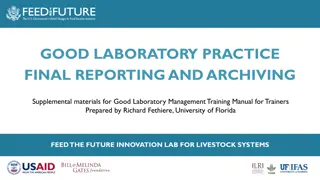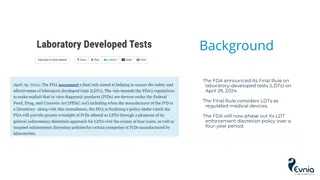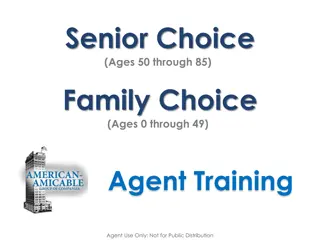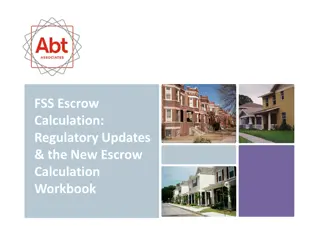
Linguistics in Education: CLiE Committee Overview and Current Issues
Discover the insights from the CLiE Committee for Linguistics in Education, including discussions on language awareness, plurilingualism, and social justice. Explore their involvement with organizations and recent issues like UKLO and LASER. Learn about challenges in teaching phonics and promoting social justice in education.
Uploaded on | 0 Views
Download Presentation

Please find below an Image/Link to download the presentation.
The content on the website is provided AS IS for your information and personal use only. It may not be sold, licensed, or shared on other websites without obtaining consent from the author. If you encounter any issues during the download, it is possible that the publisher has removed the file from their server.
You are allowed to download the files provided on this website for personal or commercial use, subject to the condition that they are used lawfully. All files are the property of their respective owners.
The content on the website is provided AS IS for your information and personal use only. It may not be sold, licensed, or shared on other websites without obtaining consent from the author.
E N D
Presentation Transcript
CLiE Committee for Linguistics in Education BAAL 2022, QUB, Belfast Dr Gee Macrory, Manchester Metropolitan University Chair of CLIE
Gee Macrory and Cathie Wallace: introduction to CLiE and discussion topic Knowledge about Language Ursula Lanvers: discussion topic Language Awareness in MFL Terry Lamb: discussion topic Plurilingualism and democracy in Europe Today s forum Format: short presentation followed by discussion How can CliE contribute to social justice?
Who are we? CliE = joint committee of BAAL and LAGB Representatives from the following associations: ALA, ALL, BAAL, BALEAP, BC, EA, ISMLA, LAGB, NALDIC, NATE, PALA, UCET, UCML, UKALTA, UCLA + 4 co-opted members See www.clie.org.uk for information and resources Meetings three times a year; report to BAAL AGM (this conf) Broad interpretation of linguistics: English, learning and teaching of all languages, multilingualism in society What do we address?
Some recent and current issues UKLO the UK Linguistics Olympiad. LASER Language Analysis in School: Education and Research Knowledge about Language in the curriculum, phonics, literacy, A level English language, GCSE English, multilingualism and MFL Reponses eg CLiE s comments on GCSE MFL; position paper on the primary SPaG tests of Spelling, punctuation and grammar; CLiE s comments on KAL Current and ongoing: support for teachers cf. KAL Upskilling
Cathie Wallace Knowledge about language: Phonics The main emphasis in the teaching of reading (in UK schools) is synthetic phonics. Phonics effectively is the teaching curriculum (Wyse and Bradbury 2022) Meaning is side-lined. The mandated phonics screening check (PSC) includes pseudo- words Phonics is typically taught through commercially produced materials ( there are 31 packages on the website) Linguistics is not mentioned in Wyse and Bradbury as a key contributory discipline to the study of reading. (indeed the word language is barely used)
Social Justice: quality and equality Quality: Support at the micro level of instruction and materials to ensure quality. Some of the recommended instruction is simply wrong. Equality: Challenge at the macro level to ensure equality, How does a concern with SE or RP fit with pupils (and teachers) who speak non standard or Non RP or other Englishes? Equal Access to appropriate instruction: for example EAL learners often demonstrate good decoding skills in English, but score less well in reading comprehension measures (Murphy and Franco 2016).
Quality: an example Compare initial [th] in This, that, these they with {th} in think, thumb thatch ( see Albrow 1972) Note: Read/Write/Inc presents grammatical and lexical items indiscriminately, with model teachers on its website pronouncing each item in the series thin, thick, think, this with the voiceless variant.{th}
Equality English has been replaced by RWI phonics teaching (teacher in Wyse and Bradbury 2022) A class of new arrival eleven year olds, all with English as a second language, all readers, are given an intensive phonics course (READ/WRITE/INC) Ms P Let s make progress now. let s go into /h/ . OK so let s actually try saying hat Class: hat Ms P: nice horse Class: horse Ms P: No we haven t done all the phonemes there. e e e head Class : head Ms P: We ve done all of those. Ms P : hats Class: hats Ms P: horse Class: head hats horse hen (Prompts are displayed on the computer screen showing the READ/WRITE INC phonics scheme, which the children respond to) Class: hen horse (Wallace 2013)
Questions for CLIE (and applied linguists more widely) to address quality and equality in the teaching of reading How can linguists/applied linguists play a part in the design or implementation of school curricula, to ensure accuracy? How can we ensure that teaching(including phonics) is relevantto pupils literacy needs? How might we encourage a rebalancing of reading instruction, to take us beyond phonics?
Gee Macrory Knowledge about language: beyond phonics What do teachers need to know about: - Different writing systems? - Morphophonemic nature of English? - Differences between spoken and written language in English? What are the key ones? - Differences between policy and actual language use?
Morphophonemic nature of English writing system: - Grammar preserved eg cats/dogs; liked/nagged - Morphology/meaning preserved eg critic/criticise; photograph/photography/photographic
Spoken vs written syntax E.g. - Indefinite reference (this, these) - Recapitulatory pronoun (our postman, he s really nice) - Amplified noun phrase tag (she s nice, my mum) - Clause completers ( and all ) - get for passive - Quotative like
Policy and practice Differences between policy and actual language use? (see Ian Cushing; Willem Hollman)?
Key reading Albrow K.H. (1972) The English Writing system; notes towards a description Longman for the Schools Council Murphy V. and Franco D. (2016) Phonics Instruction and children with English as an Additional Language EAL Journal Autumn Wallace C. (2013) Literacy and the Bilingual Learner Palgrave Macmillan Wyse D. and Bradbury A. (2022) Reading wars or reading reconciliation? A critical examination of robust research evidence, curriculum policy and teachers practices for teaching phonics and reading Review of Education
Cushing, I. (2019). Prescriptivism, linguicism and pedagogical coercion in primary school curriculum policy. English Teaching: Practice and Critique19(1): 35-47. Cushing, I. (2020a). The policy and policing of language in schools. Language in Society, 49(3): 425-450. Hollman, W. (2022) We need to talk about grammar (to Ofsted) NATE Primary Matters Spring 2022. https://www.nate.org.uk/wp- content/uploads/2022/02/06-We-need-to-talk-about-grammar- Willem-Hollmann.pdf Macrory,G. (2021) Learning to Talk: the Many Contexts of Language Development. London: Sage Publications.

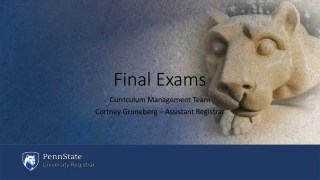
![READ⚡[PDF]✔ Yup I'm Dead...Now What? The Deluxe Edition: A Guide to My Life Info](/thumb/20463/read-pdf-yup-i-m-dead-now-what-the-deluxe-edition-a-guide-to-my-life-info.jpg)



